DEVIATIONS
CAMERON PATRICIA DOWNEY, DORON LANGBERG, EMILIO TAMEZ, JAMES BANTONE, JULIANA HUXTABLE, NASH GLYNN, MARTINE GUTIERREZ, MICHAEL STAMM, OSCAR YI HOU, PE FERREIRA, SAM PENN, SER SERPAS. Curated by Oscar yi Hou
April 24—May 7, 2025
Text by hannah baer:
DEVIATIONS is a group show of 12 artists, most of whom I know more or less intimately, and most of whom are trans or gay and/or hang out “downtown” (a word which here alludes to but does not in fact denote geography). The works are almost all either portraits or sculptures, some self-portraits and in more than one case, a portrayal of another artist in the show. In this way the works form a web of sociality that supersedes but also links to physical space, much like the non-geographic downtown which the artists represent. You may not personally know these artists, but to know that they largely know each other is perhaps to understand some aspect of how they arrived together here.
Some people who study the mind believe one’s unconscious is populated by so-called “objects”; for example, a maternal object describes a shape into which you fit people who remind you of your mother (which is also a word used to describe someone who raised you in the scene). To portray someone is also, concretely, to make their likeness into a physical object. To place such portraits alongside sculptures—or a painting of a sculpture (Michael Stamm), a photograph of a figure with an object (Pe Ferreira), or of the artist herself with a sculpture as clothing (Martine Gutierrez)—suggests the friction between the person and/as the object, especially in a socio-visual culture that centers visibility and glamor. The totality of objects in your unconscious, and the relation between them, is said to constitute your “object world.”
These works in relief of one another instantiate visceral questions about the nature of subjectivity in relation to the plausible object in one’s mind (a recognizable chair) versus the object in the world, perhaps distorted (a chair with elongated legs, Cameron Patricia Downey). When you look at an object, does it look back at you? (Sam Penn’s two chiaroscuric portraits suggest that a moment of not-looking may still constitute acknowledgement.) Such riddles abound, as do themes around contact, reification and its disruption, and ekphrasis, or the depiction of one work within another.
Or, I would put it another way, and did, in fact, first write about these pieces in language that hews more closely to form, to the object, ekphrastic too but not only, in what follows:
the friction between
the world as it is and the world as we
hold it in mind
your body knocking into
your own furniture (that you
acquired in a hope that it would
make people like or respect you
though it is hard to admit)
in the dark
and/also
tracing the curve
of a friend
’s cheek or hip
(a friend you pursued because
being near her left a residue)
again, obviously,
in the dark
(or doron whispering something to me
on the dancefloor about how he felt in his
body when painting someone
else’s body)
(that one might feel studying her own
body)
relaxing into
the friction (pressure?)
between your friend as she is and
your friend as you hold her in mind,
deviations
between one and the other
notwithstanding
–can i ask about a so-called term of art:
ekphrastic
thing-within-thing
you looking at someone you admire and
then she’s in you
relating as rendering, reproducing, making
concrete
“once removed,” like a cousin, like trade
who never leaves
friction magnified by exquisite attention
or another term of art to refer to the
person in the mind: “object”
as in, “object world”
the acquisitive impulse here, wanting to
take someone in, wanting to render them
something taut between what’s imagined
and what you touch
that heaves and sometimes collapses with
contact
(harris said “correspondences”) which is
accurate, or
who you are in my mind is part of a web
between all our bodies
mediated not as much by possessions,
not as much by like and dislike
but the network of friction, pressure, and
groping
a generation of young people who talk to
each other, represent each other, follow
each other into caves and back rooms
and so, in our minds, in our choreography,
in our renderings of one another,
correspond.
CURATORIAL STATEMENT – Oscar yi Hou
Artist(s)
Oscar yi Hou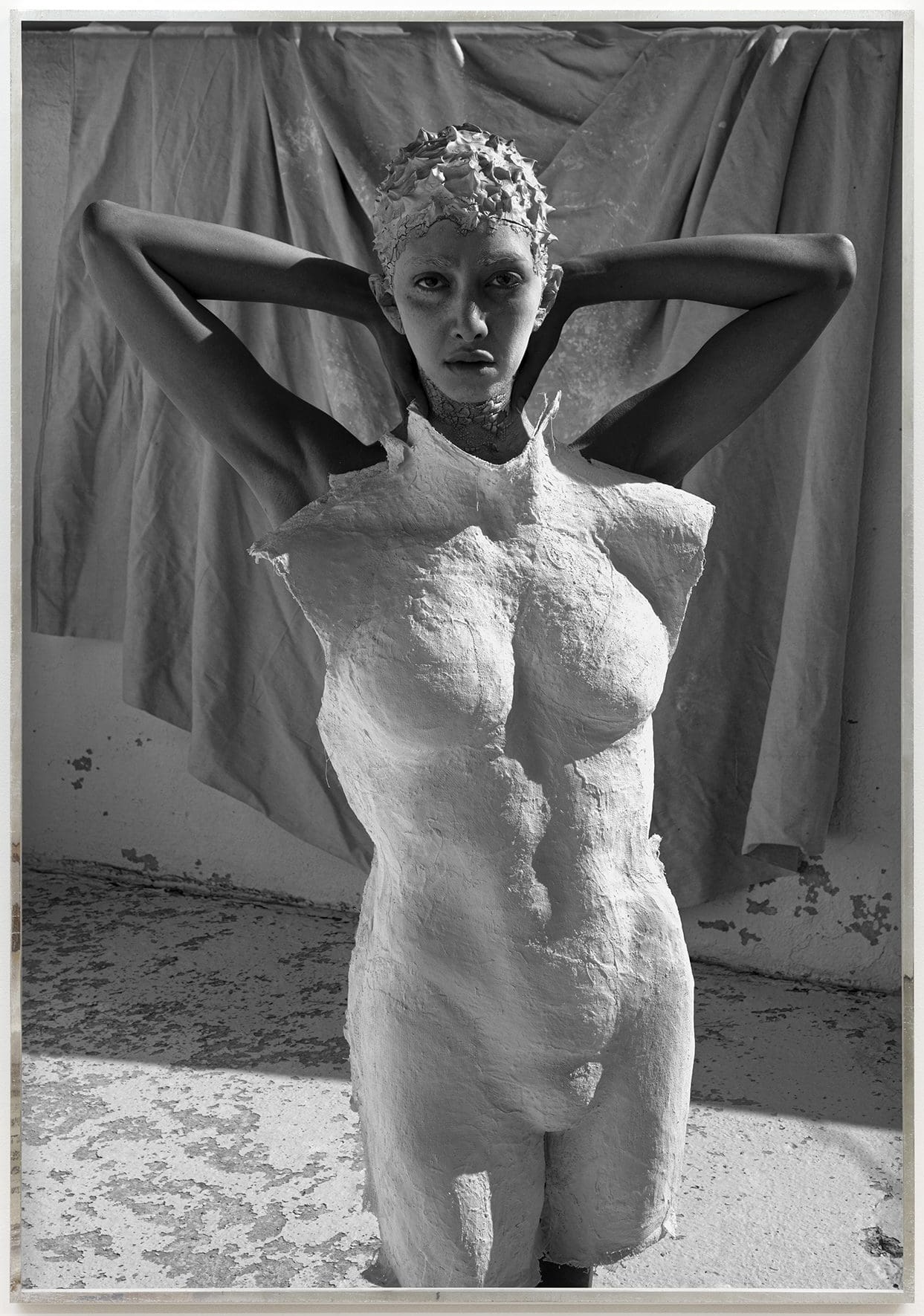
Martine Gutierrez
Mulan from ANTI-ICON: APOKALYPSIS, 2021
C-print mounted on Dibond in hand-distressed welded aluminum frame
55 1/2 x 38 3/4 inches (framed)
Edition of 7
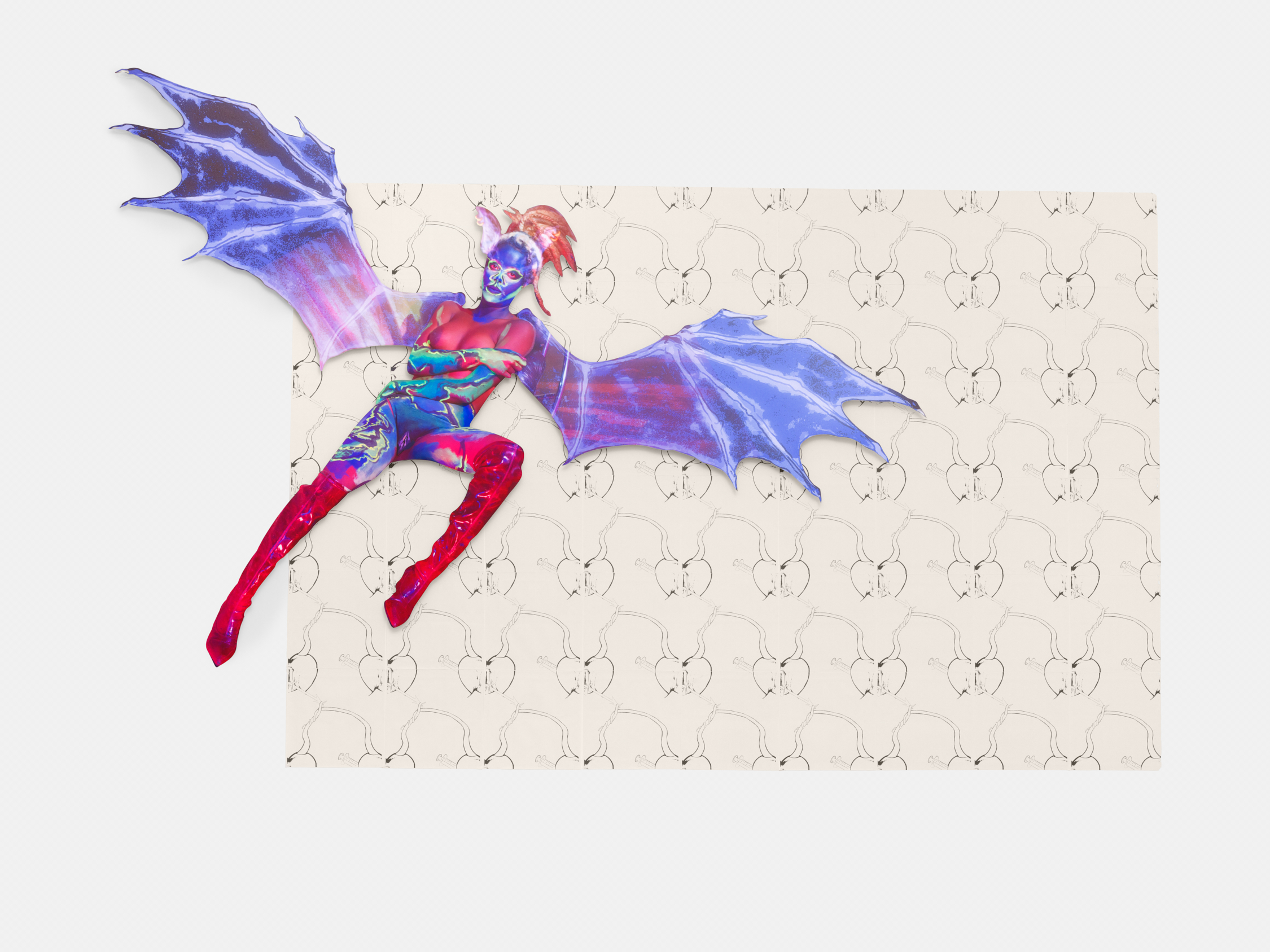
Juliana Huxtable
Bat 2, 2019
Inkjet print, CNC cut mounted
47 x 70 inches
Edition 1 of 3 + 1 AP

Emilio Tamez
SURRENDER, 2024-2025
Signed verso
Rag fiber giclée, birch, iron, and blood
17 x 22 inches

Sam Penn
Max, 2025
Digital C Print
26 x 39 inches
Edition of 3 + 2 APs
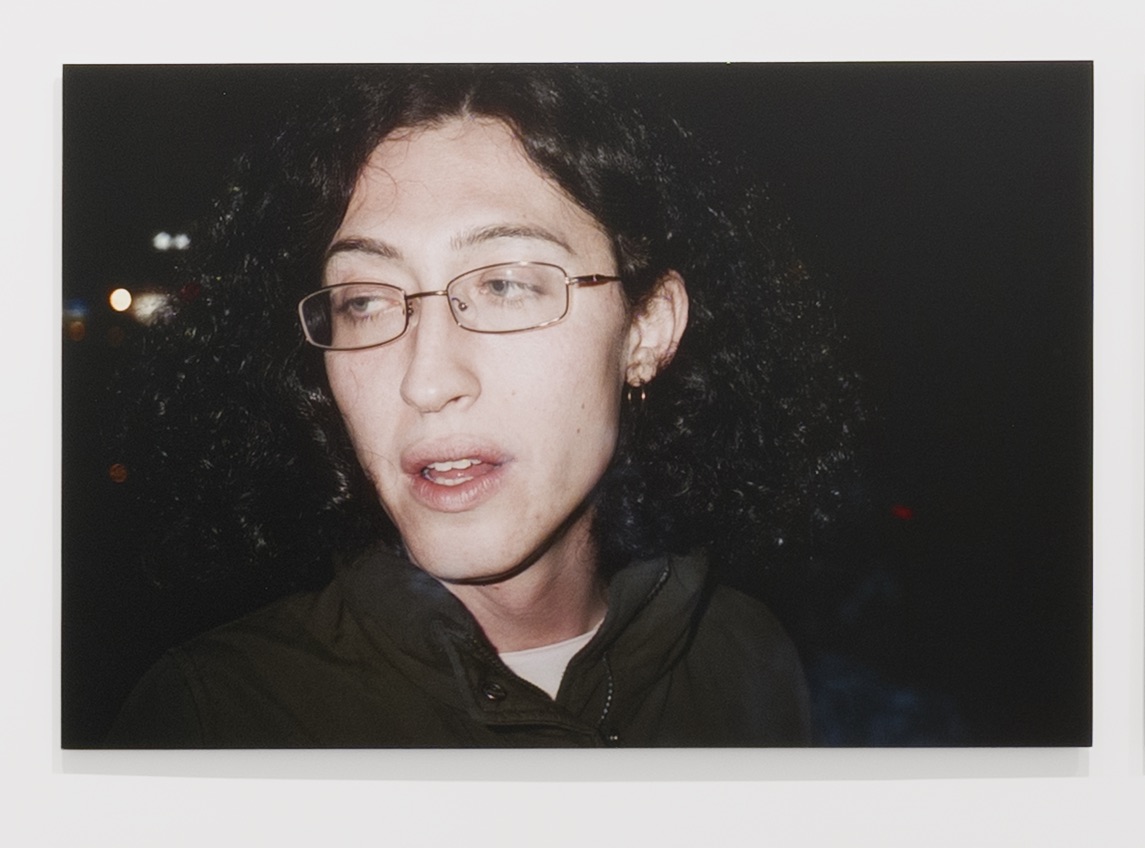
Sam Penn
Stevie, 2025
Digital C-Print with dibond mounting
26 x 39 inches
Edition of 3 + 2 APs
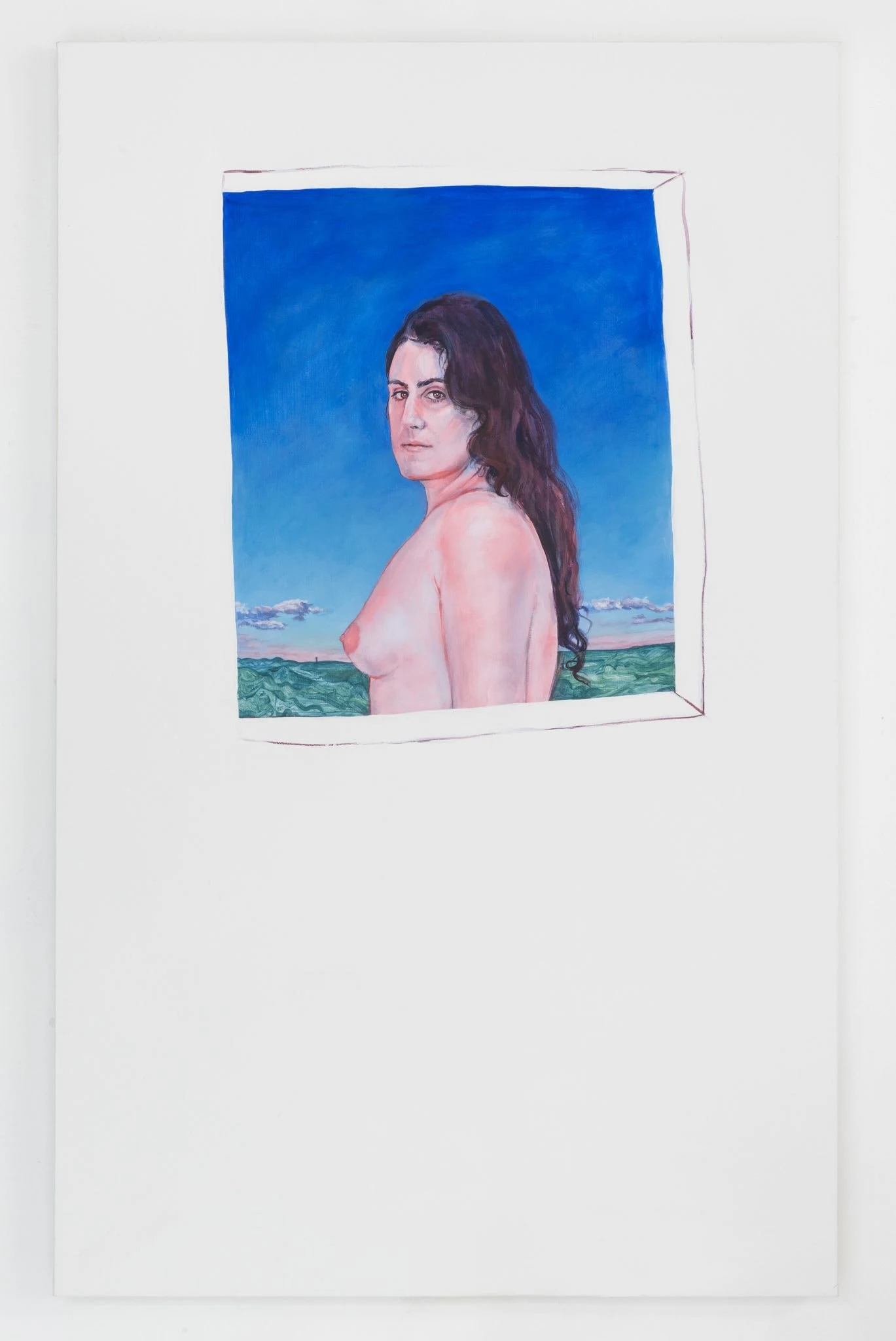
Nash Glynn
Untitled, 2022
Signed, titled, and dated verso
Acrylic on canvas
48 x 30 inches
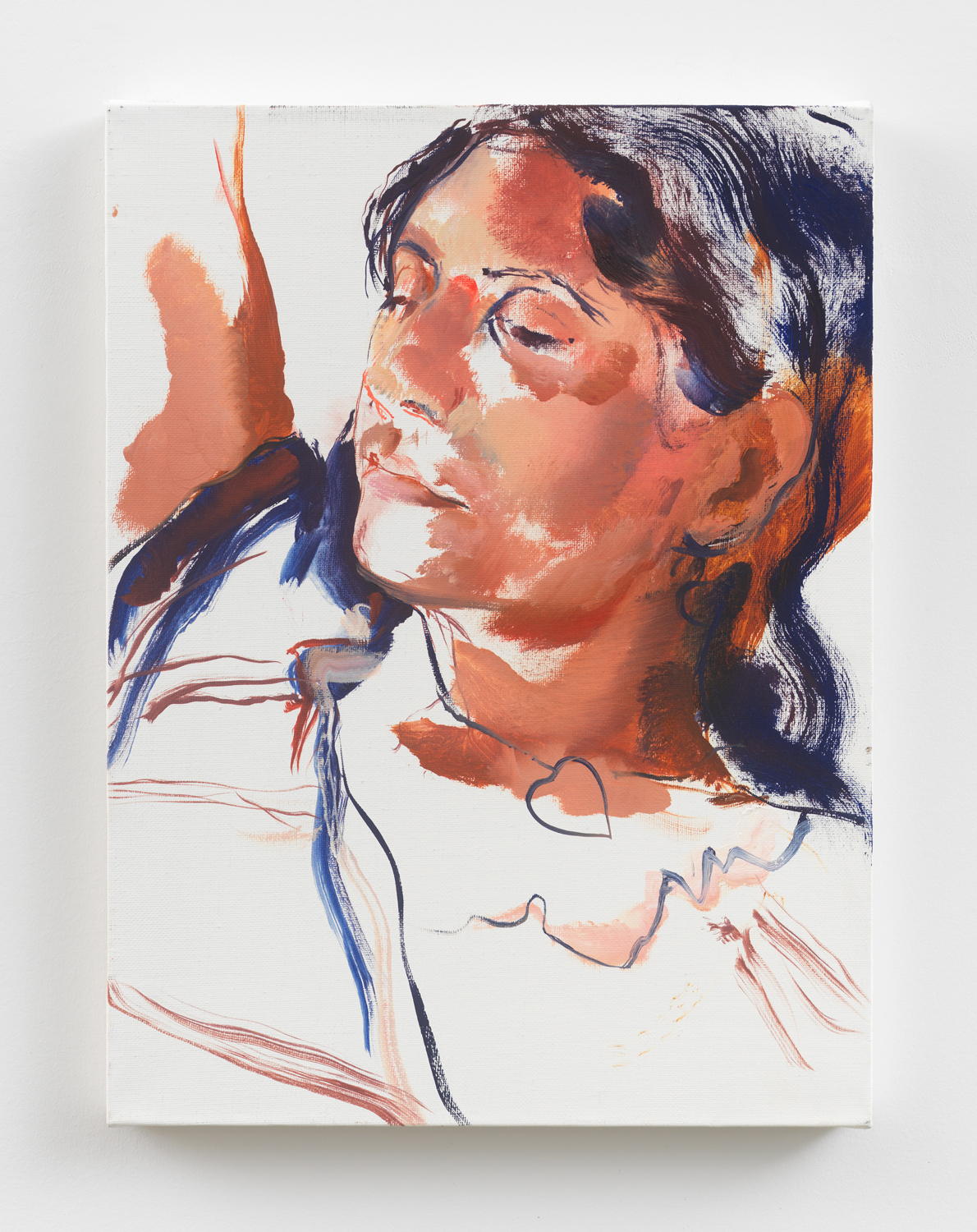
Doron Langberg
Portrait of Nash, 2024
Oil on linen
16 x 12 inches
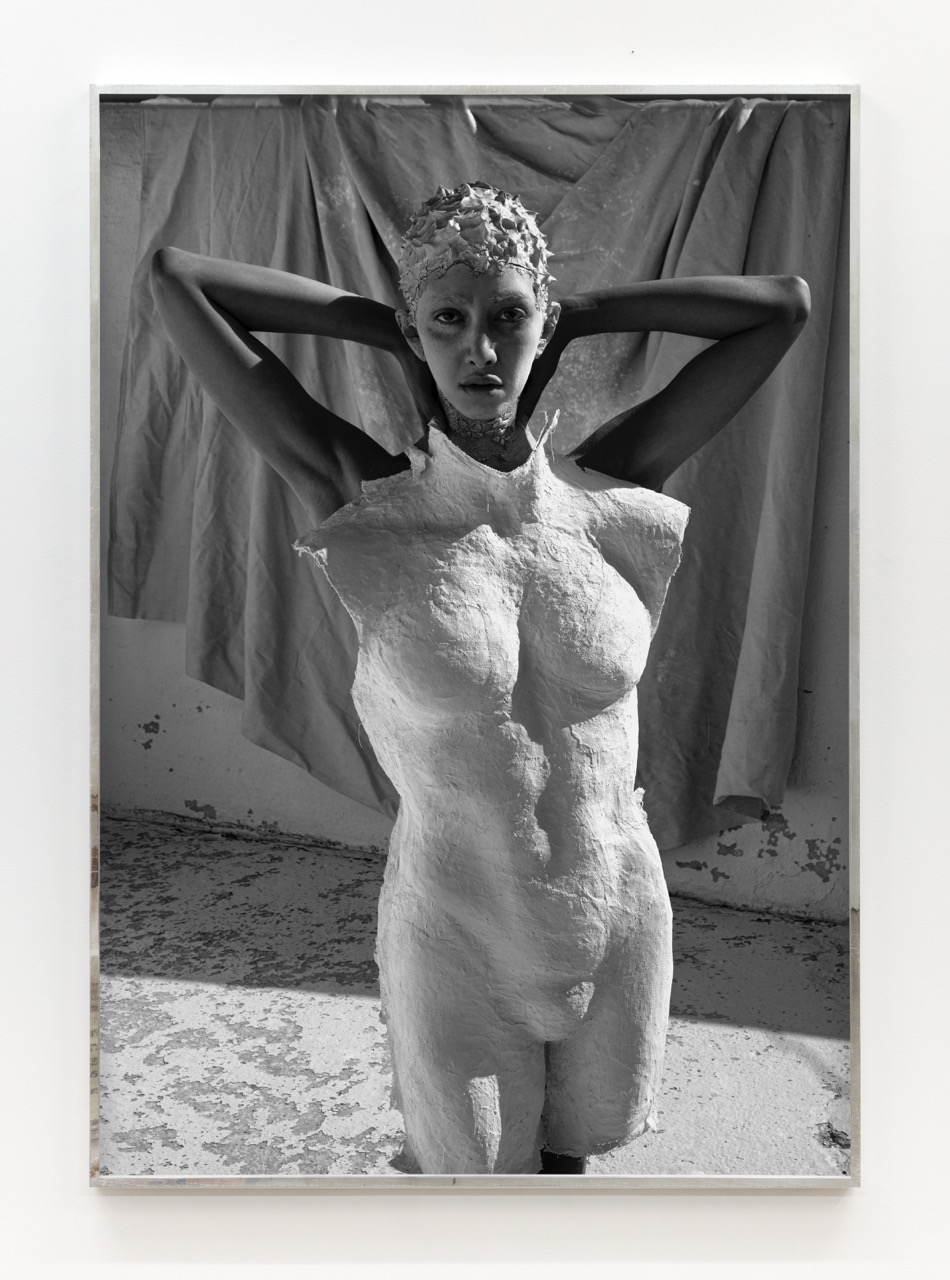
Martine Gutierrez
Mulan from ANTI-ICON: APOKALYPSIS, 2021
C-print mounted on Dibond in hand-distressed welded aluminum frame
55 1/2 x 38 3/4 inches (framed)
Edition of 7
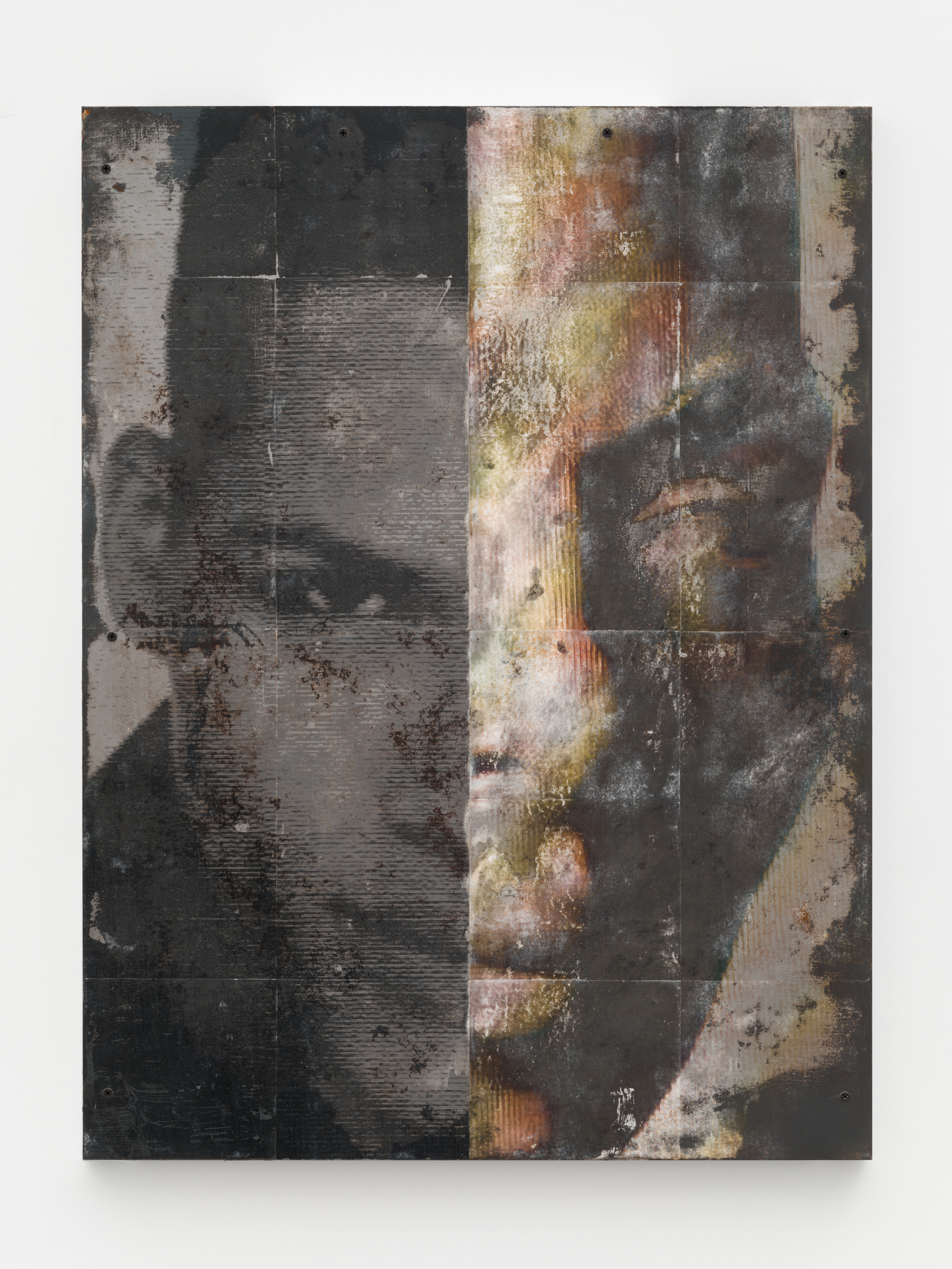
James Bantone
S28P, 2024
Acrylic transfer on steel
32 x 24 inches
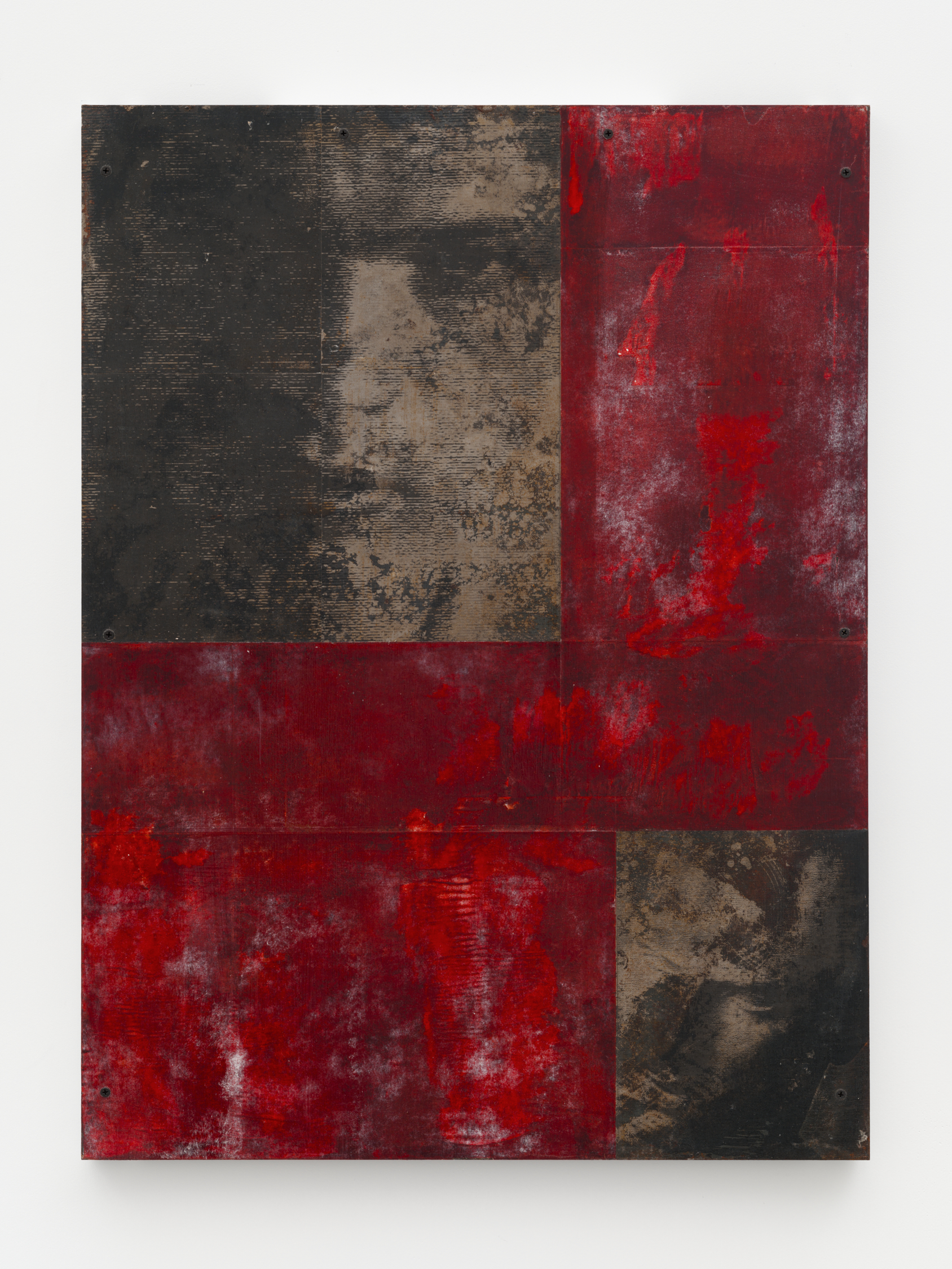
James Bantone
Untitled, 2024
Acrylic transfer on steel
32 x 24 inches
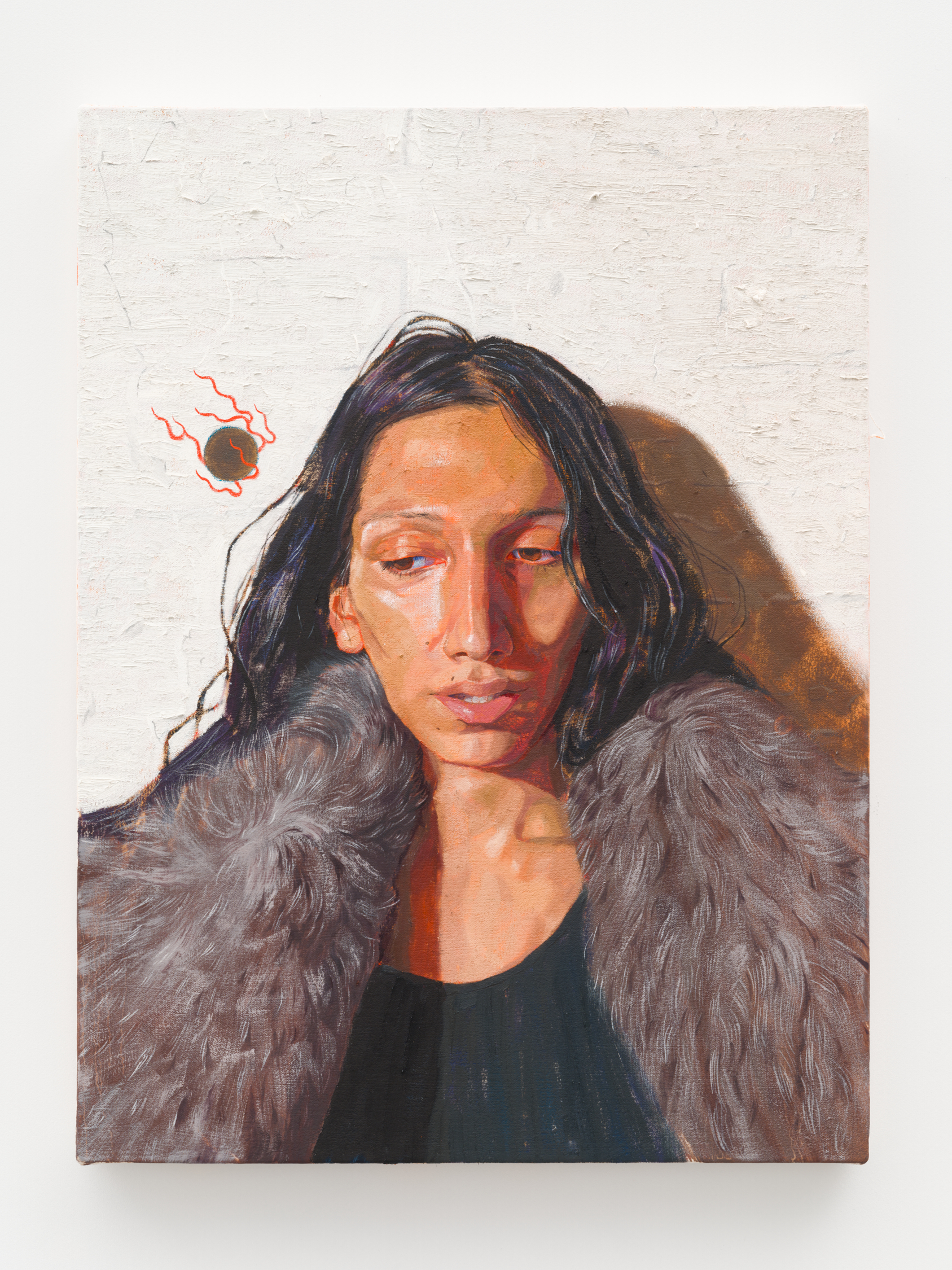
Oscar yi Hou
The perfect initiate, aka: At the preki, 2025
Signed and dated verso
Oils on canvas
24 x 18 inches
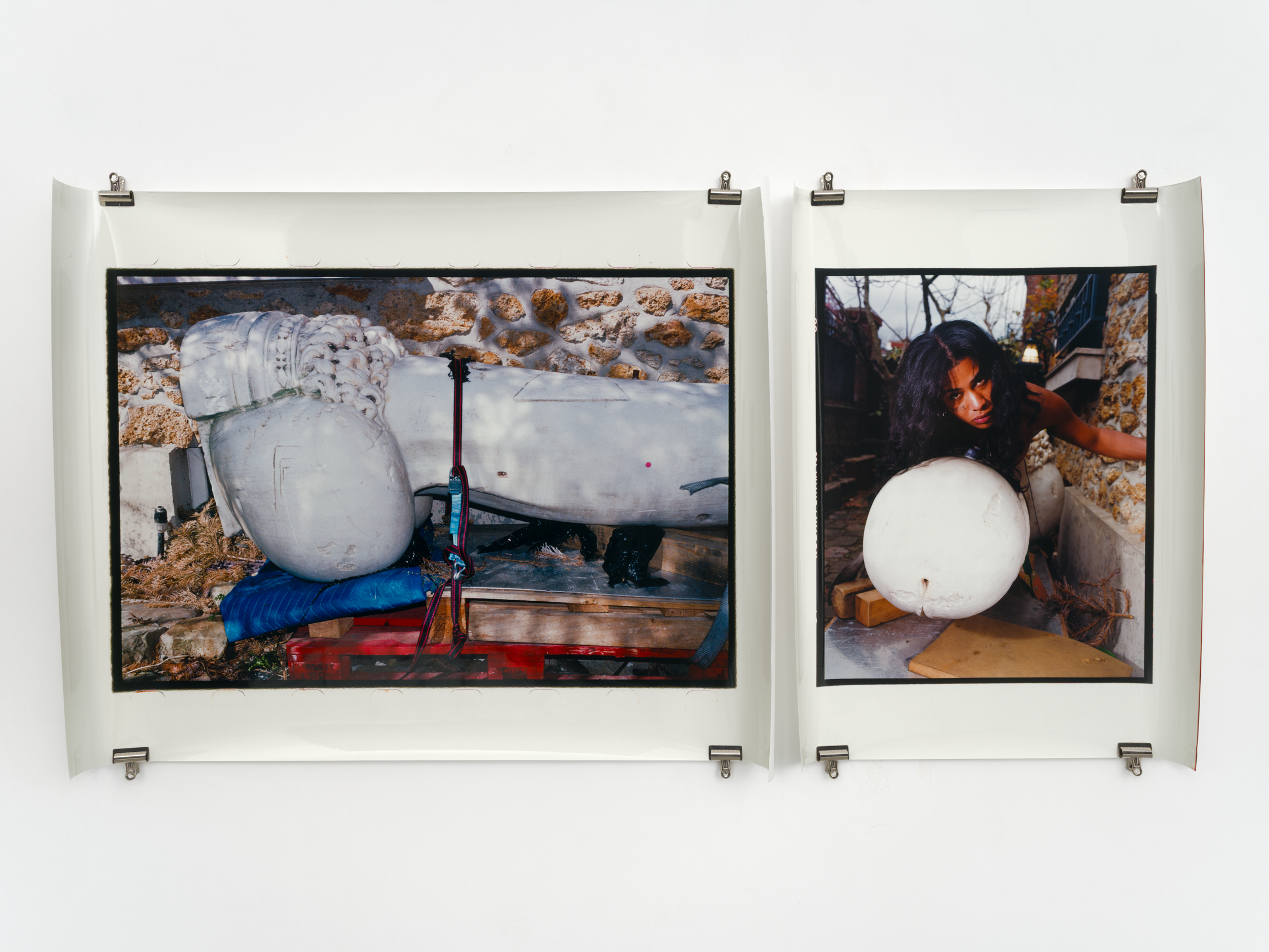
Pe Ferreira
Tip, 2025
Two Kodak C-prints (Diptych)
L: 47 1/8 x 59 inches
R: 47 1/8 x 31 1/2 inches
Edition 1 of 3
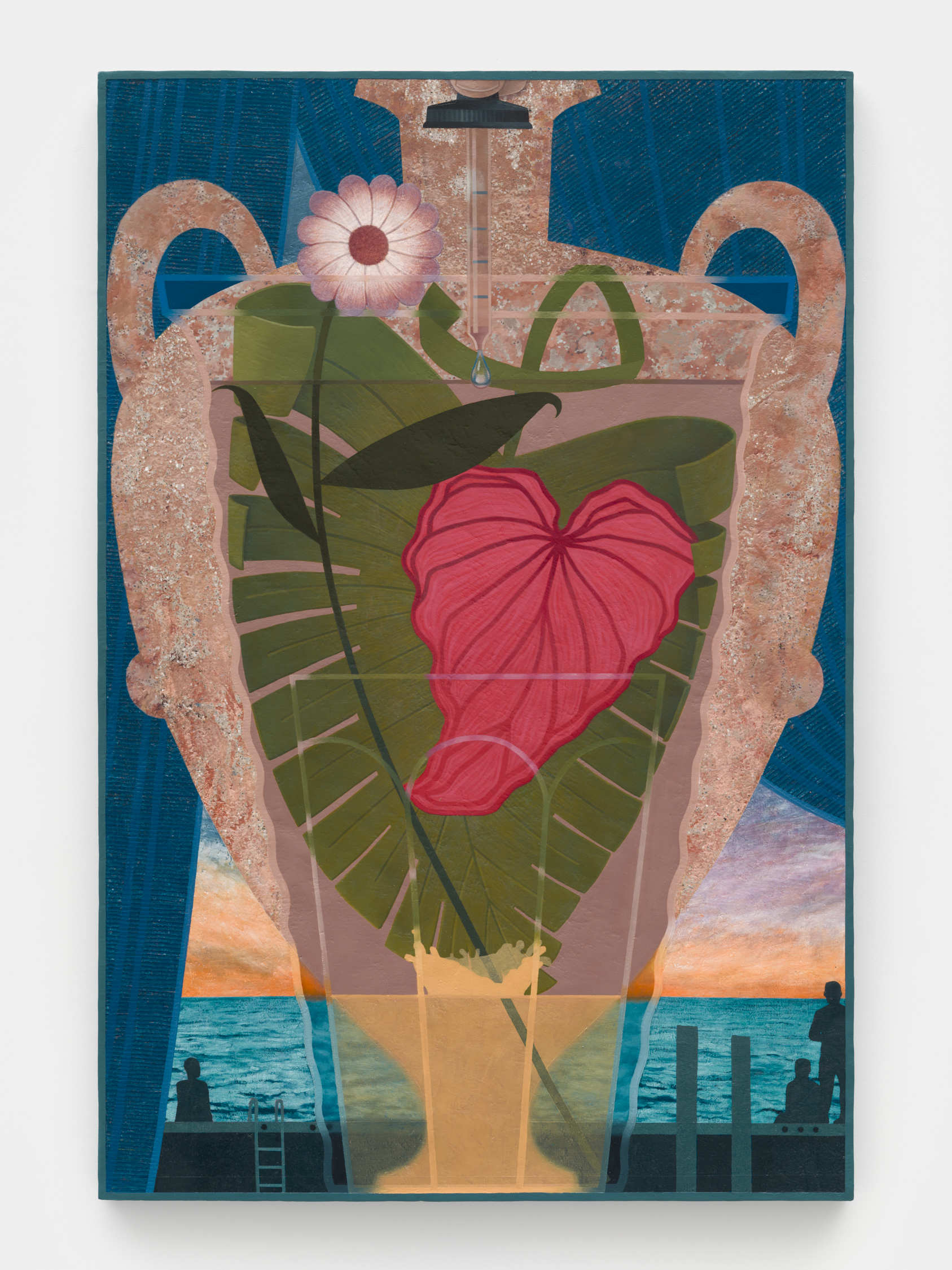
Michael Stamm
Dosing (FIP), 2025
Sand, acrylic, and oil on canvas-wrapped panel
36 x 24 inches

Cameron Patricia Downey
0_o, 2025
Steel, wicker, and cushion
120 x 18 x 30 inches
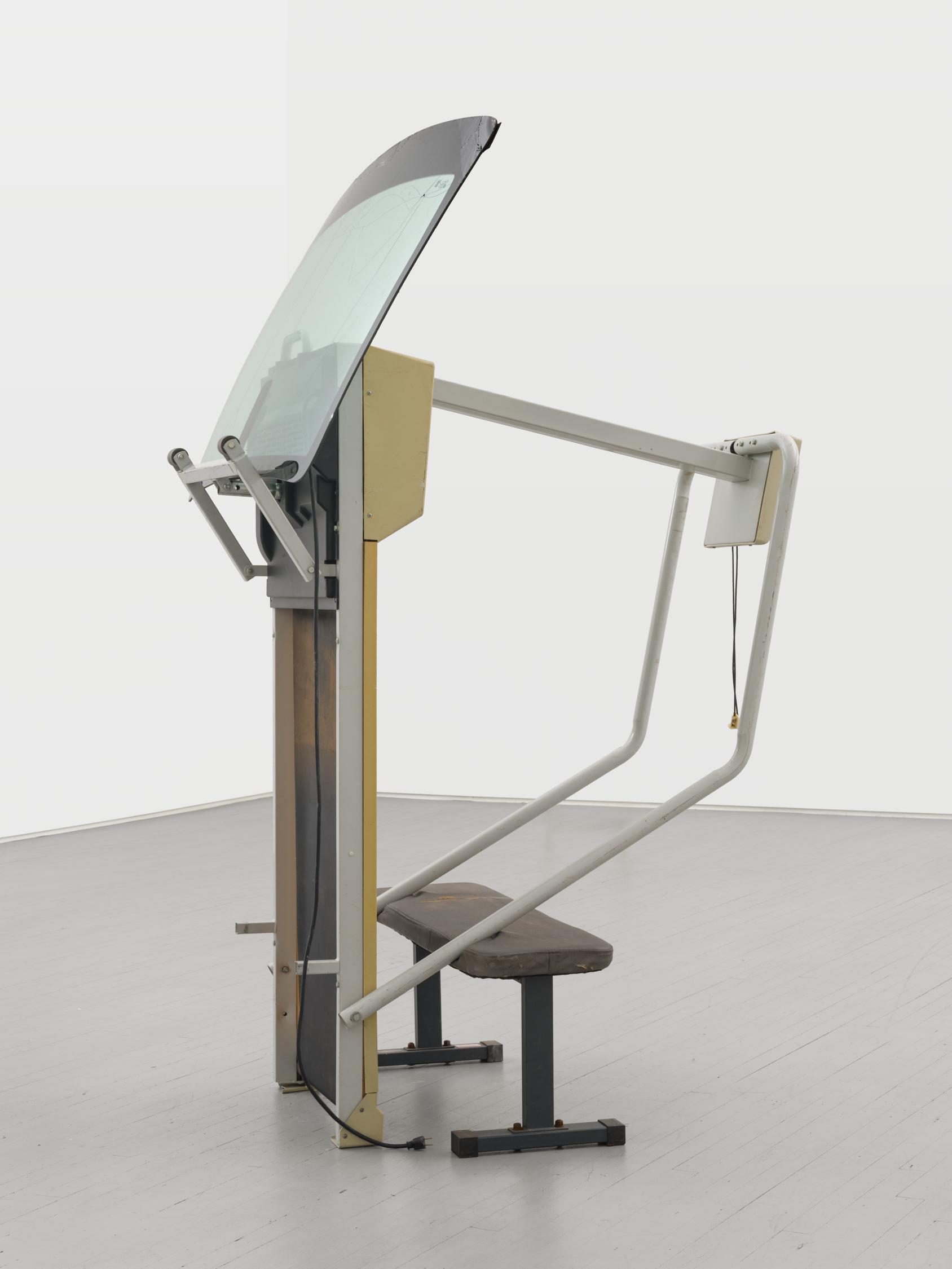
Ser Serpas
rollin made to measure will extender grasp in every making amended, 2025
Sculpture/found objects
Approx. 59 x 59 x 78 inches

Nash Glynn
Daffodil in a Cup, 2025
Signed, titled, and dated verso
Acrylic on canvas
18 x 14 inches
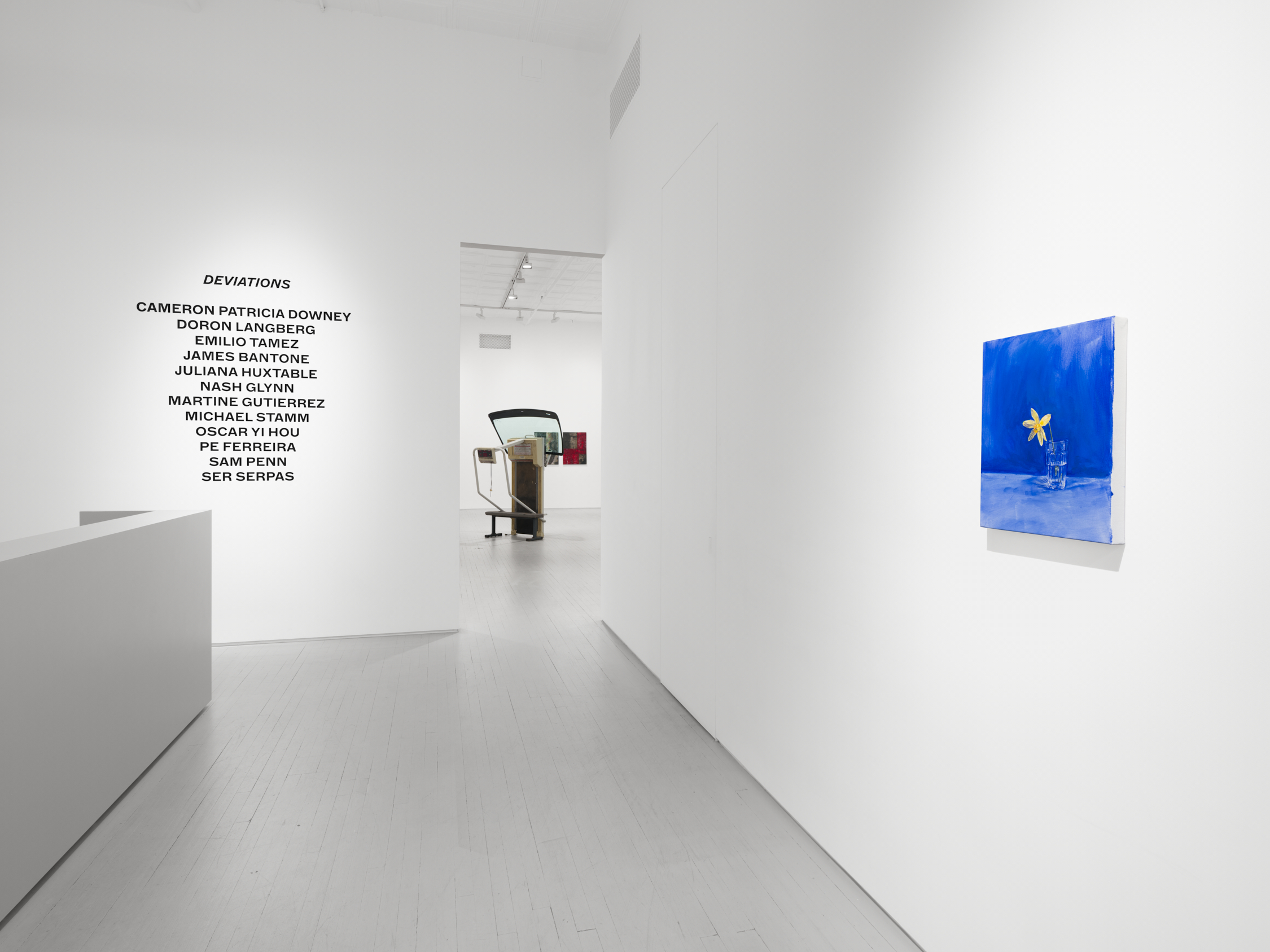
Installation, Deviations, James Fuentes, New York, 2025
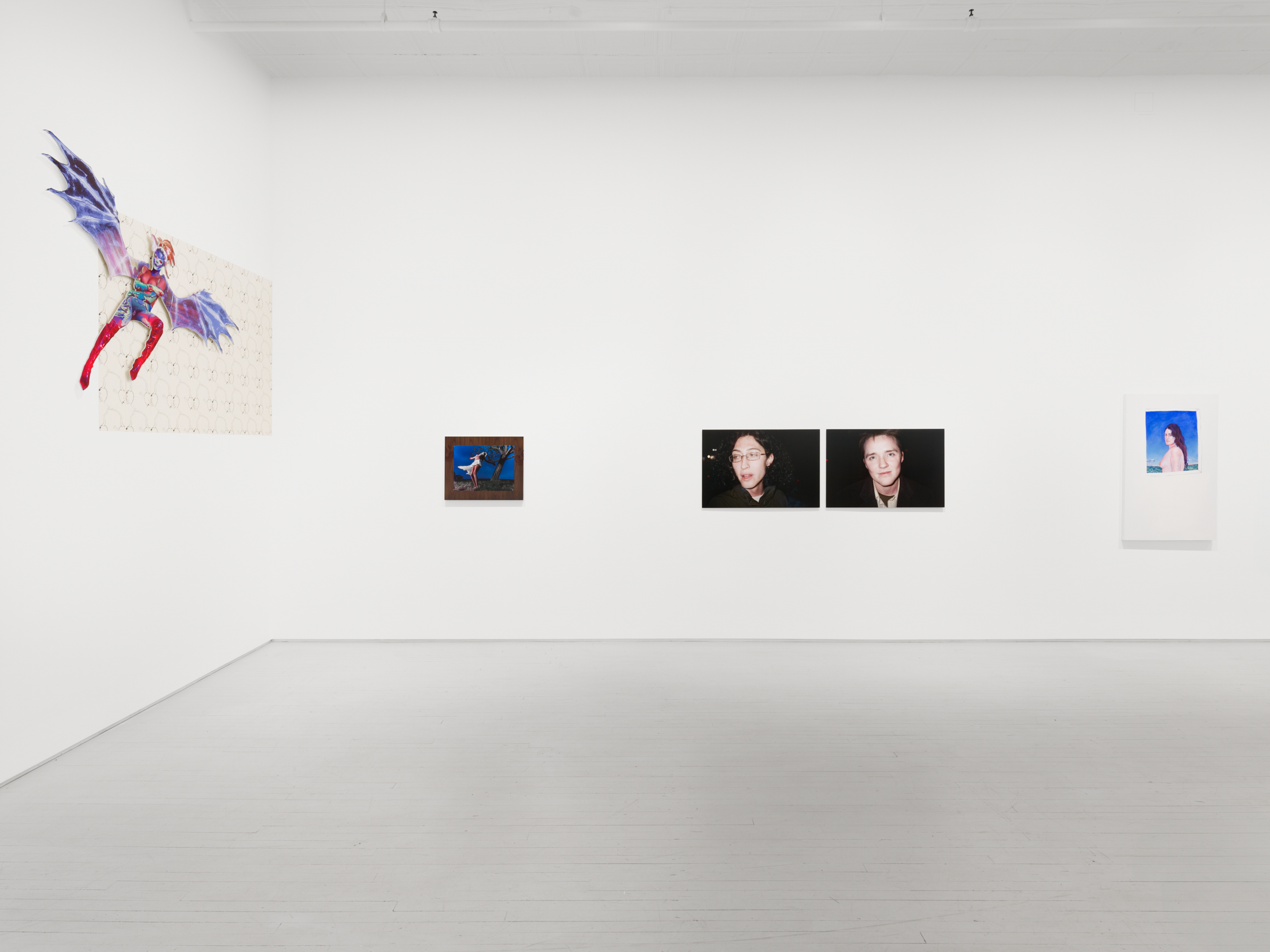
Installation, Deviations, James Fuentes, New York, 2025

Installation, Deviations, James Fuentes, New York, 2025

Installation, Deviations, James Fuentes, New York, 2025
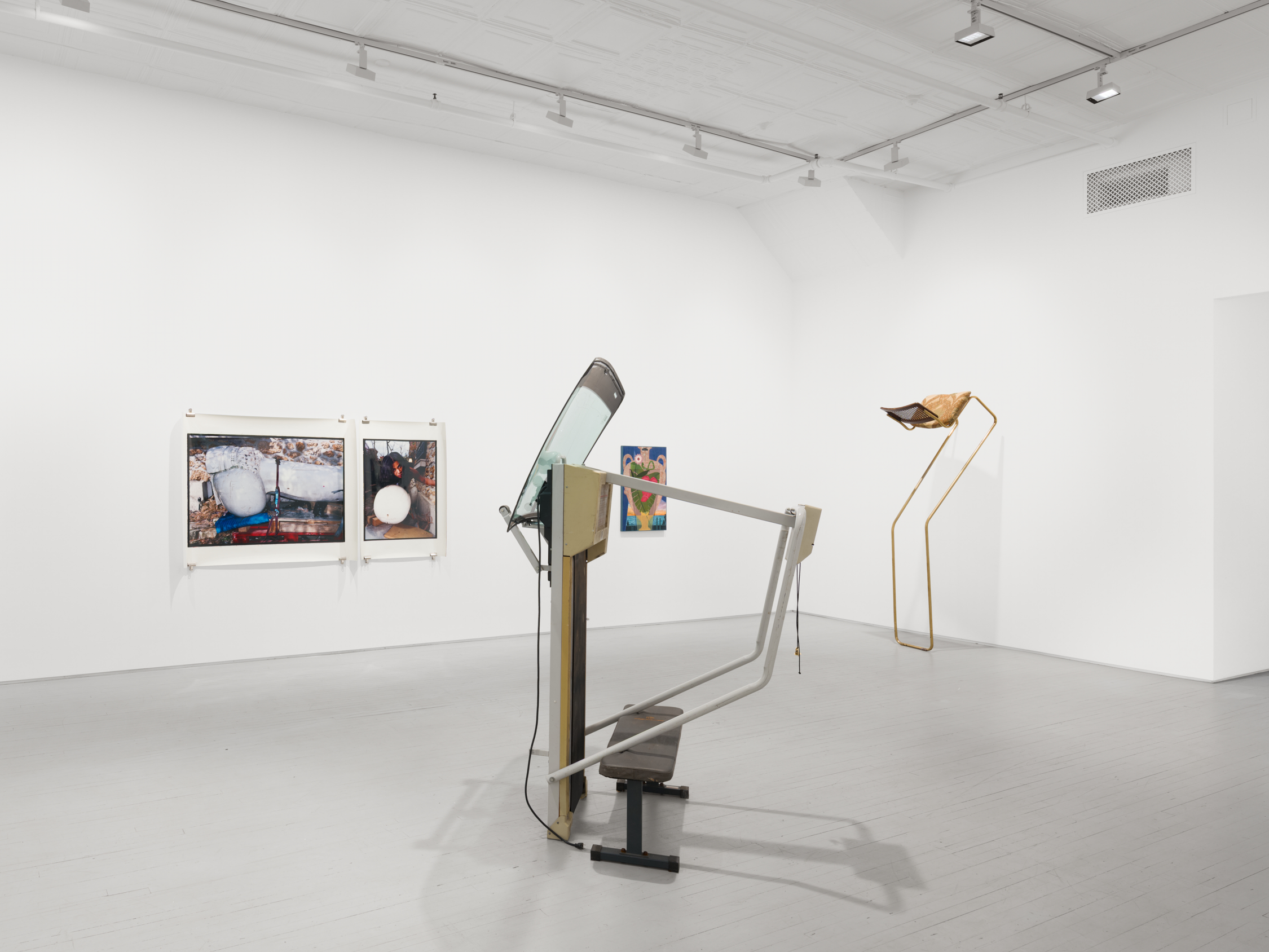
Installation, Deviations, James Fuentes, New York, 2025
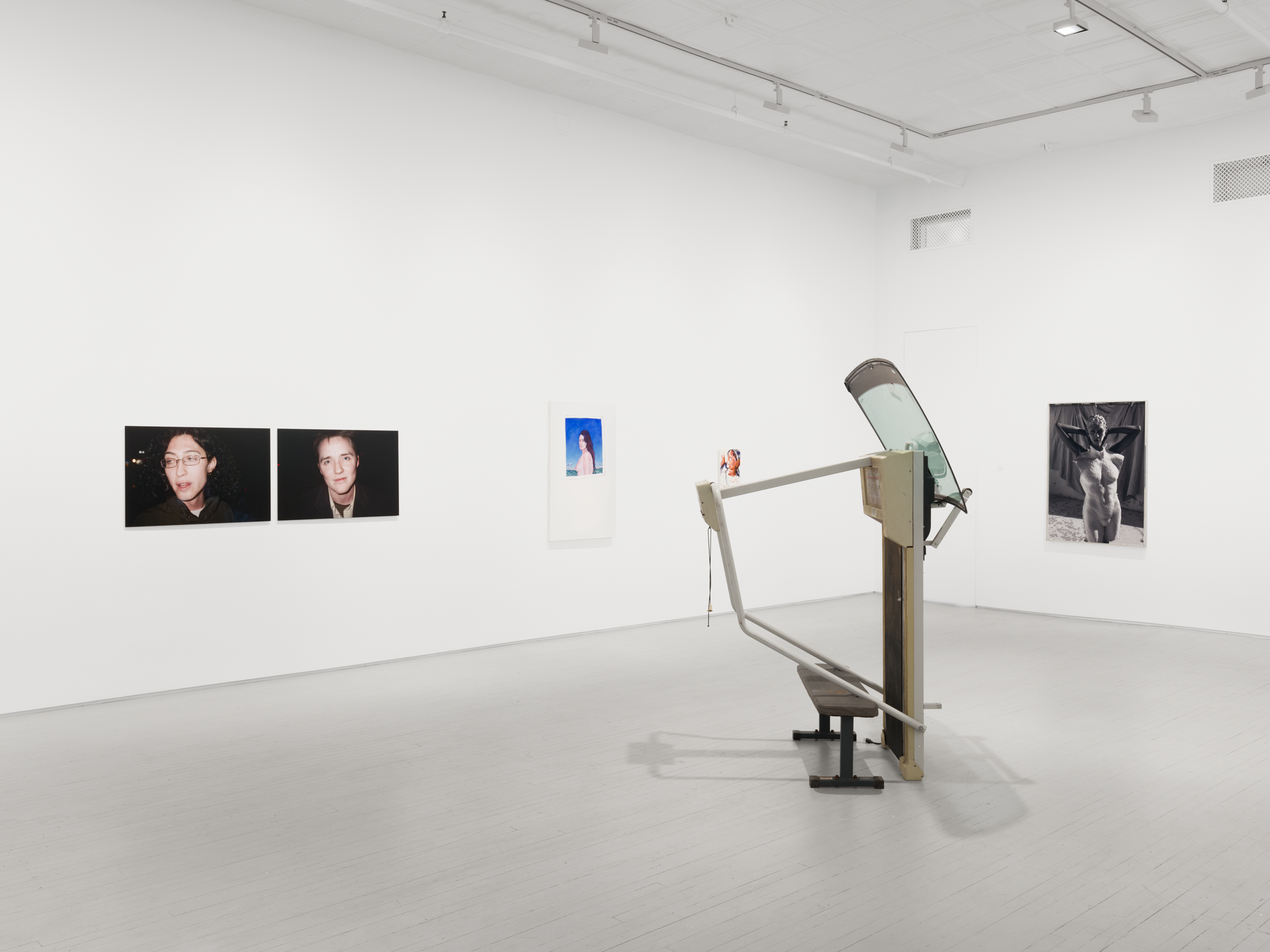
Installation, Deviations, James Fuentes, New York, 2025

Installation, Deviations, James Fuentes, New York, 2025
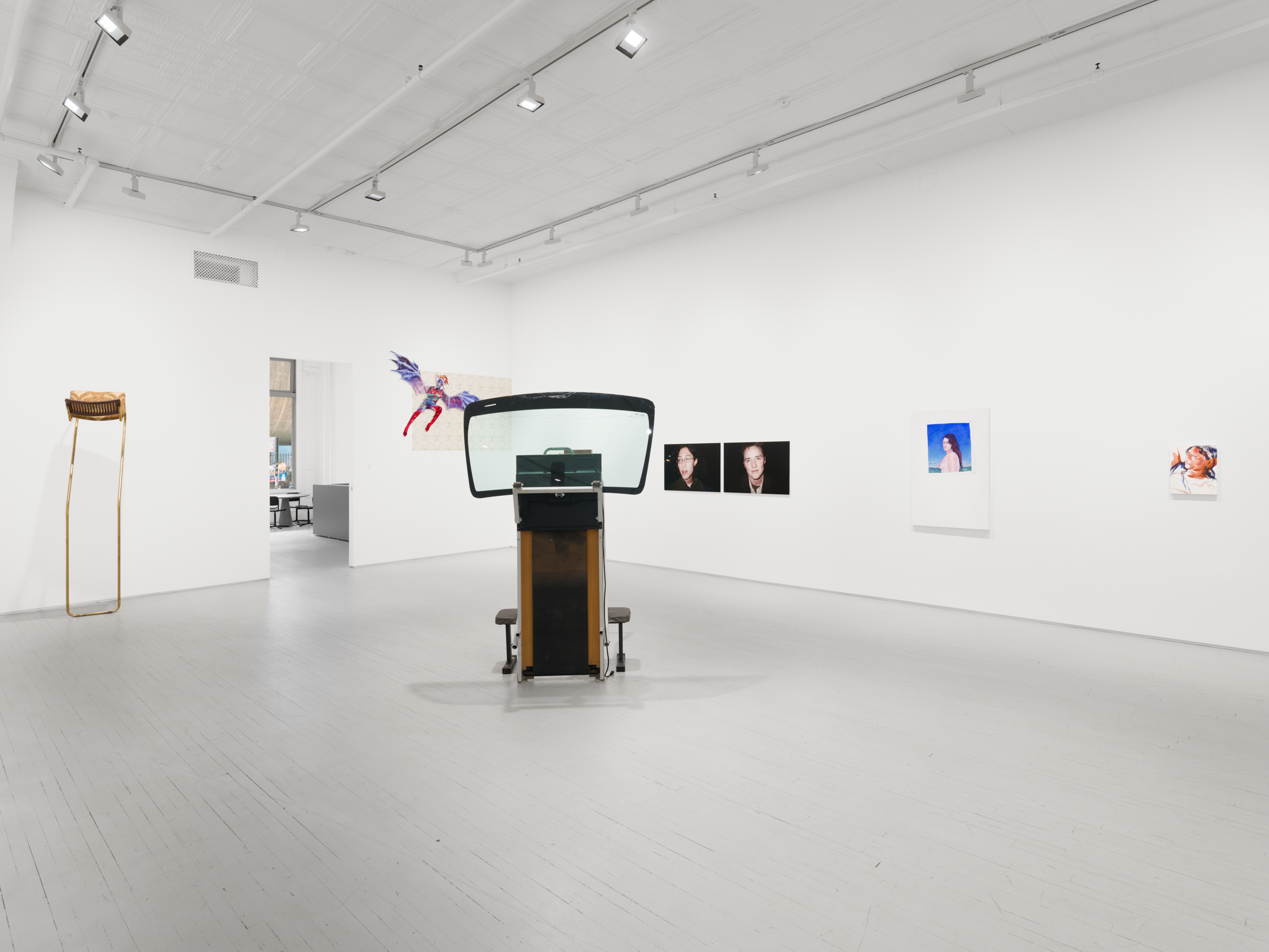
Installation, Deviations, James Fuentes, New York, 2025
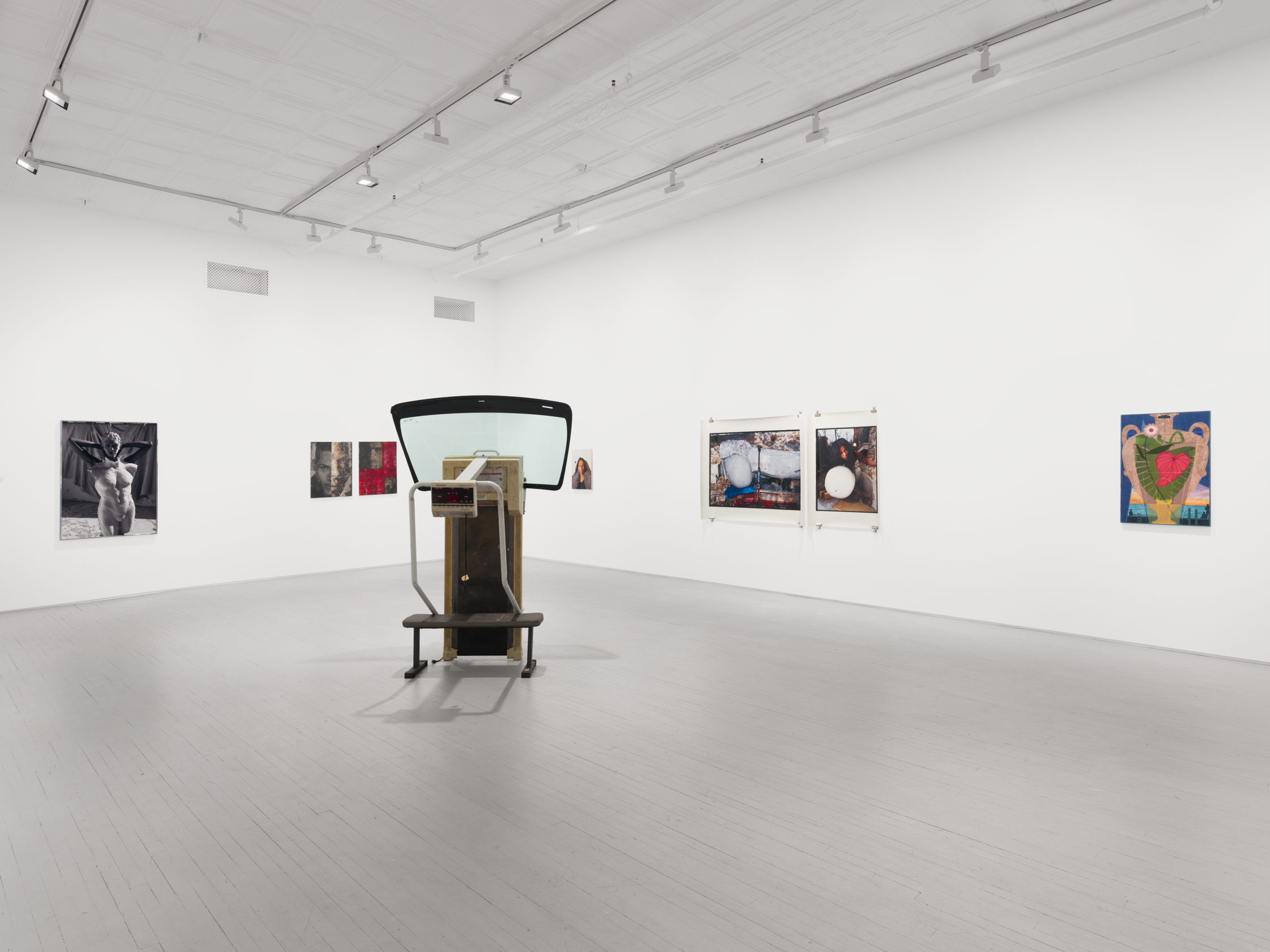
Installation, Deviations, James Fuentes, New York, 2025
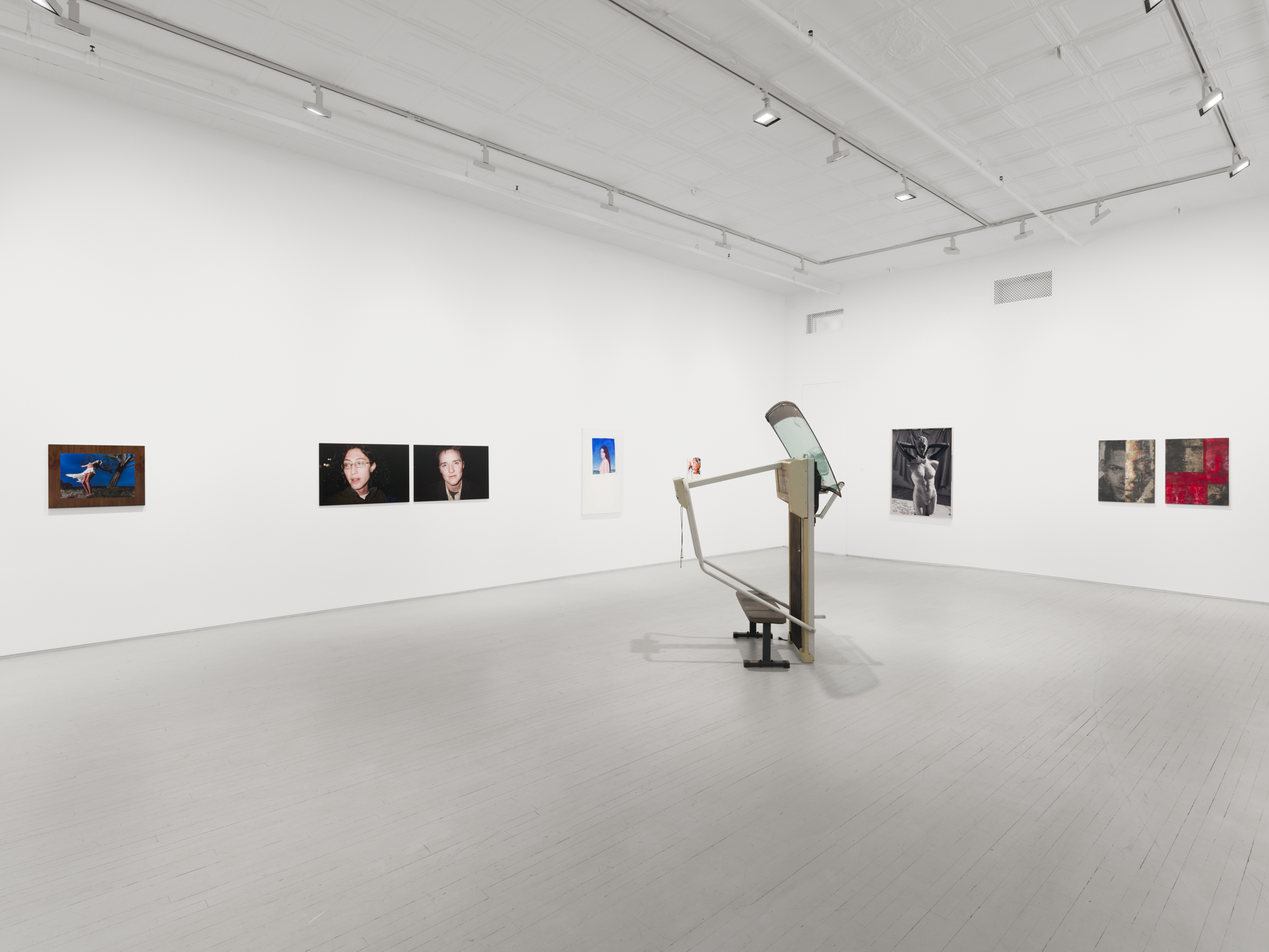
Installation, Deviations, James Fuentes, New York, 2025
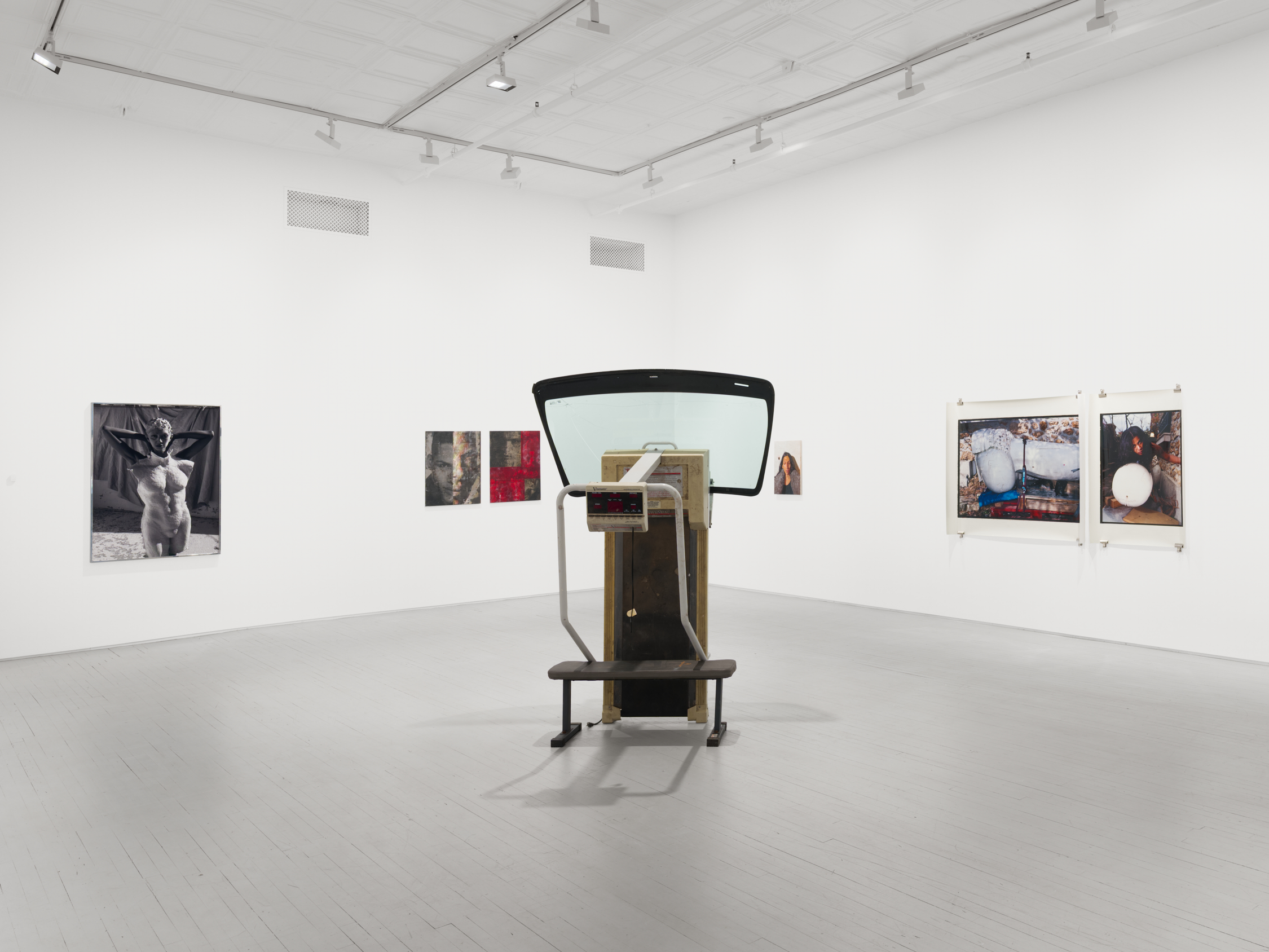
Installation, Deviations, James Fuentes, New York, 2025
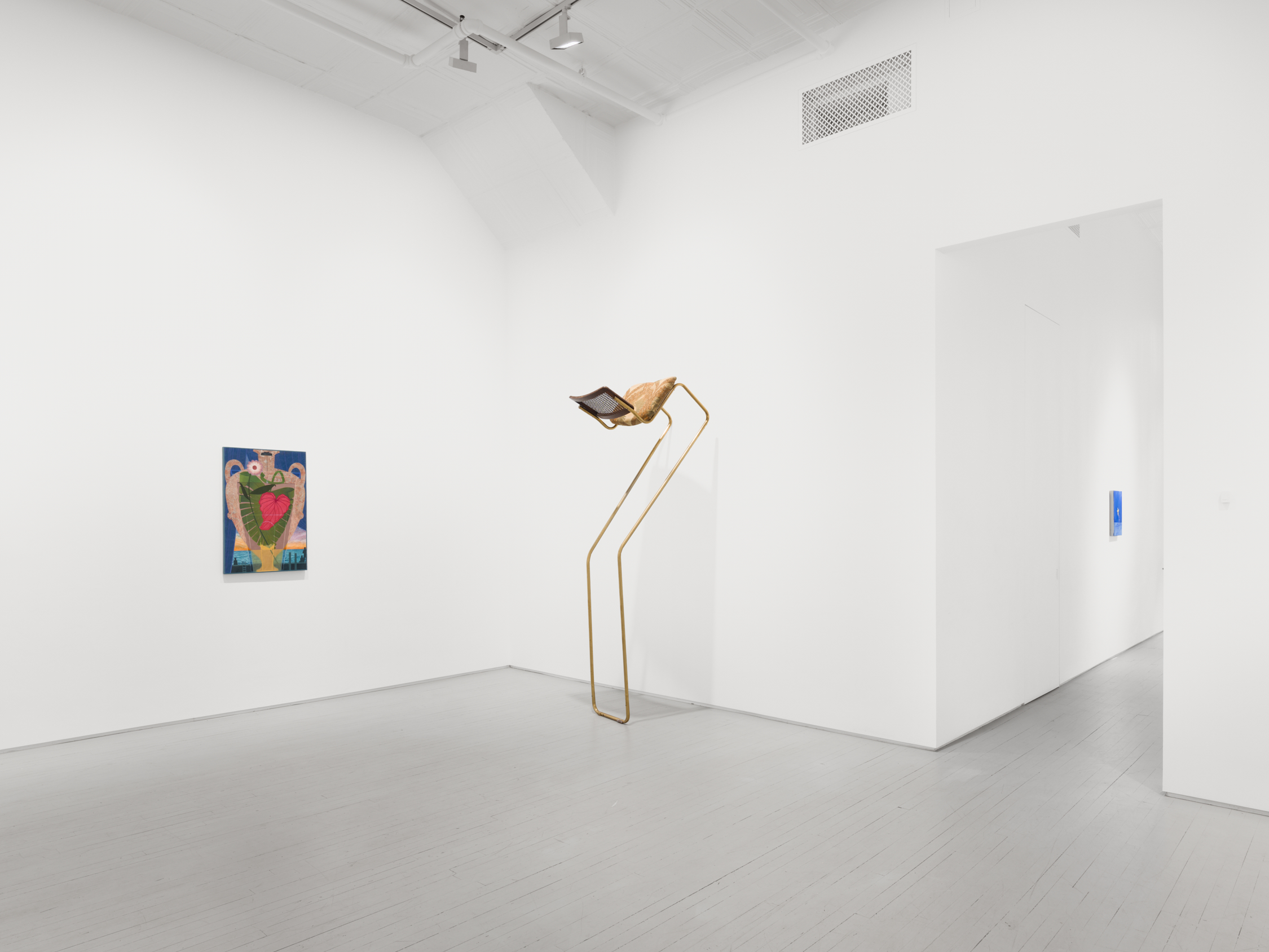
Installation, Deviations, James Fuentes, New York, 2025
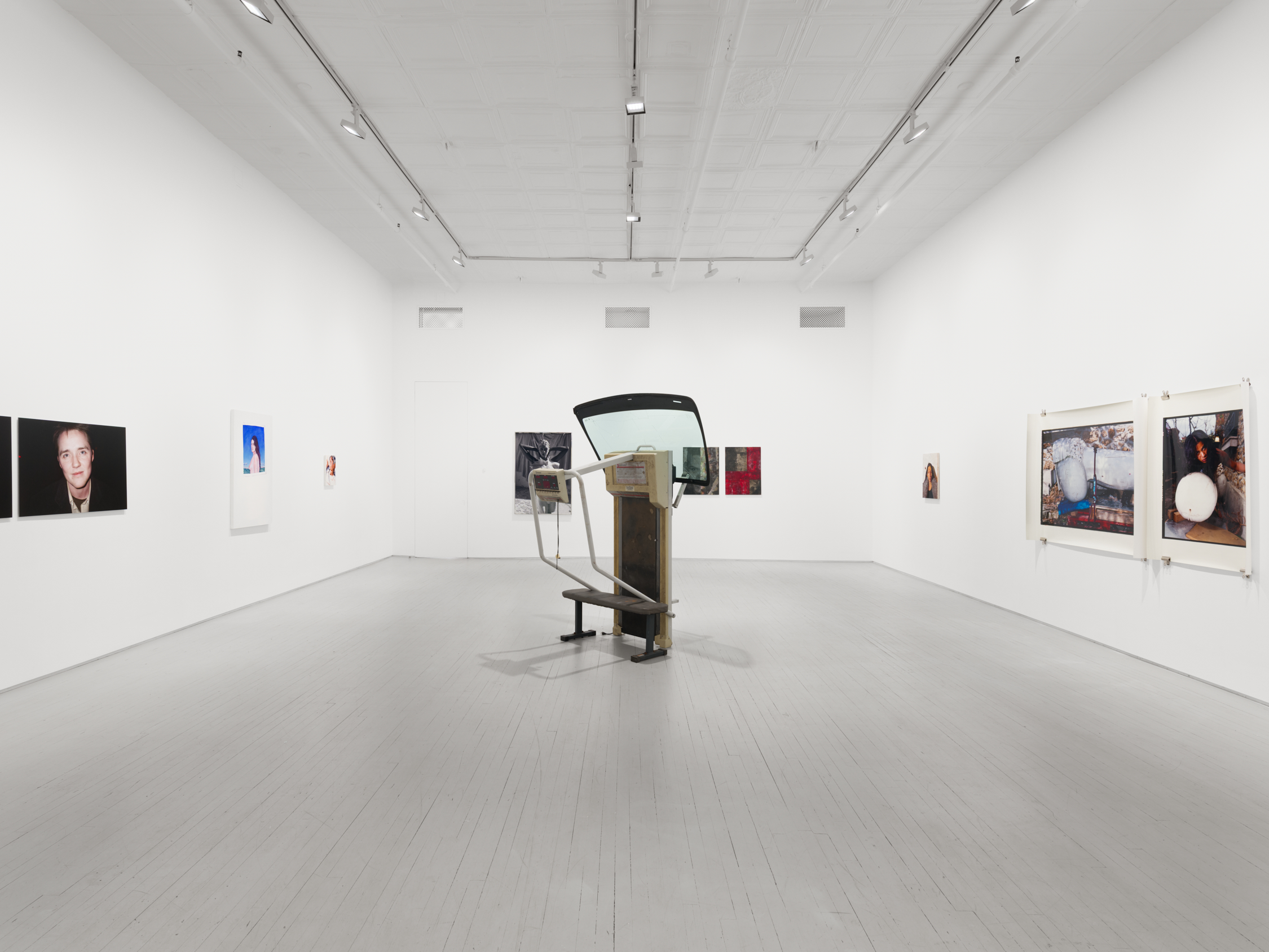
Installation, Deviations, James Fuentes, New York, 2025